April 13, 2016
Leslie Kan
Interested in data on the average teacher pension in your state? See the chart below for data on the average teacher pension in your state. But before you do, here are some caveats to what you're looking at:
1. Not all teachers qualify for a pension. States can and do set relatively high minimum service requirements, ranging from five to 10 years, and over half of incoming teachers won’t qualify for retirement benefits in their state. Leaving these teachers out of the overall pool obscures who gets counted in the “average pension.”
2. Of the teachers who do qualify for a pension, their benefits will vary widely.
The statistical average, or mean, hides the fact that only a small percentage of incoming teachers will receive a full career pension at retirement, while many, many more get only a small amount. Also, teachers in 15 states aren't covered by Social Security; pensions in these states tend to be larger to make up for this fact.
3. These amounts only tell us what a teacher earns at retirement—not what she contributed to her state or local system. The averages include many teachers who qualify for some pension, but those pensions may be worth less than the value of the teacher's own contributions.
Now onto the data. The first column shows the “average pension” for newly retired teachers from the past ten years in each state. The next column shows, amongst all newly retired teachers, what the median retiree earns. The last column show the estimated percentage of new teachers who will actually receive a pension. The data come from each state's annual comprehensive financial report.
In Maryland, for example, the “average pension” for new teachers is $35,000. But the median pension for new retirees is just $20,544, meaning half of all new retirees earn less than that amount.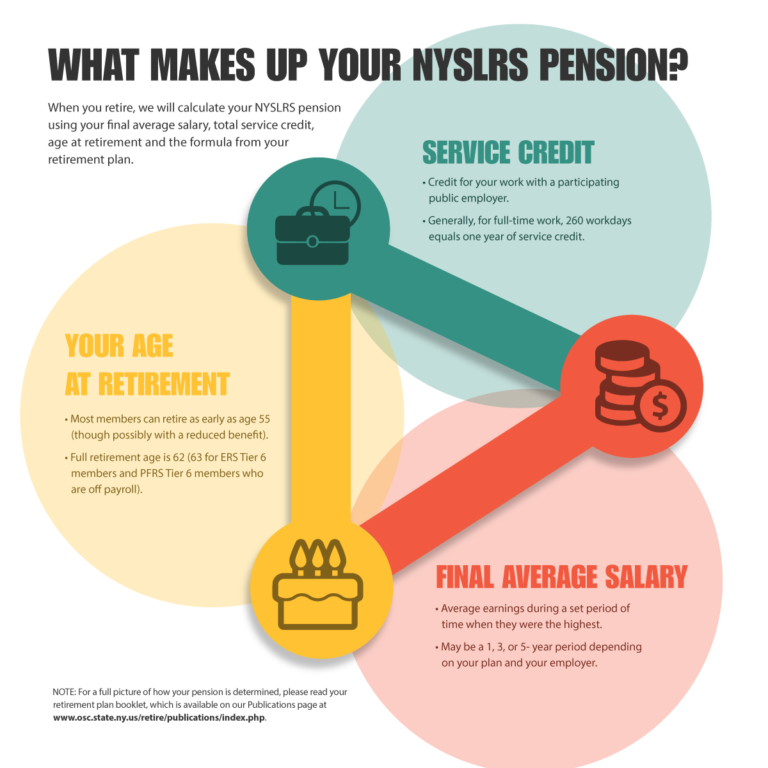 Moreover, 57 percent of new Maryland teachers are expected to leave the system before qualifying for any benefits at retirement. They're not included in the pension data at all.
Moreover, 57 percent of new Maryland teachers are expected to leave the system before qualifying for any benefits at retirement. They're not included in the pension data at all.
Knowing what your state’s “average pension” can be interesting. But this amount doesn’t necessarily reflect the amount that many teachers actually earn. With those caveats in mind, here are the data:
State | Average Benefit for New Retirees | Median Benefit for New Retirees | Percentage of New Teachers Who QUALIFY FOR a Pension |
|---|---|---|---|
Alabama | $ 20,721.89 | $ 19,728.00 | 39 |
Alaska (DB plan) | $33,845 | $39,372 |
37 |
Arizona | $ 20,508. | $ 20,328.00 | 100 |
Arkansas | $ 21,067.00 | $ 17,784.00 | 57 |
California | $ 43,308.00 | $ 40,008.00 | 69 |
Colorado | $ 37,452.00 | $ 29,376.00 | 36 |
Connecticut | $47,386 |
| 55 |
Delaware | $ 20,485.00 | $ 25,440.00 | 36 |
Distrct of Columbia | $ 63,468. | $ 48,420.00 | 29 |
Florida | $ 19,765.00 | $ 18,198.00 | 28 |
Georgia | $ 34,946.00 | $ 22,835.16 | 33 |
Hawaii | $ 14,964.00 | $ 30,252.00 | 25 |
Idaho | $ 17,043.00 | $ 13,992.00 | 70 |
Illinois | $ 46,513 | $ 52,188.00 | 50 |
Indiana (Pre1996 Fund) | $ 17,436. | $ 21,516.00 |
|
Indiana (1996 Fund) | $ 16,392.00 | $ 12,492.00 | 31 |
Iowa | $ 19,704.00 | $ 15,180.00 | 42 |
Kansas* | $ 12,929.00 | $15,924.12 | 44 |
Kentucky | $ 34,685.00 | $ 36,330.00 | 67 |
Lousiana | $ 23,828.00 | $ 25,836.00 | 56 |
Maine* | $ 20,333. | $ 24,312.00 | 14 |
Maryland | $ 34,956.00 | $ 20,544.00 | 43 |
Massachusetts | $ 38,637.00 |
| 12 |
Michigan | $ 21,348.00 | $ 4,680.00 | 43 |
Minnesota (All retirees) |
| $ 20,283.00 | 50 |
Mississippi* | $ 18,764.25 | $ 17,064.00 | 24 |
Missouri | $ 41,344. | $ 47,460.00 | 58 |
Montana | $ 21,153.00 | $ 27,708.00 | 35 |
Nebraska | $ 22,590.15 | $ 20,288.39 | 32 |
Nevada | $ 30,468.00 | $ 27,036.00 | 57 |
New Hampshire | $ 21,355.00 | $ 7,020.00 | 31 |
New Jersey | $ 40,104.00 |
| 56 |
New Mexico | $ 21,165. | $ 19,765.68 | 33 |
New York | $ 44,383.40 | $ 46,920.00 | 40 |
North Carolina | $ 18,443.00 |
| 35 |
North Dakota | $ 31,596.00 | $ 57,413.00 | 56 |
Ohio | $ 46,620.00 | $ 57,696.00 | 34 |
Oklahoma | $ 19,846.00 |
| 44 |
Oregon | $ 28,320. | $ 28,296.00 | 46 |
Pennsylvania | $ 24,603.00 | $ 23,664.00 | 36 |
Rhode Island | $ 44,953.00 |
| 51 |
South Carolina | $ 19,630.00 | $ 26,287.80 | 37 |
South Dakota | $ 18,717.00 | $ 18,120.00 | 53 |
Tennessee | $ 18,612.00 | $ 10,668.00 | 56 |
Texas | $ 44,556. |
| 59 |
Utah (noncontributory)* | $ 21,063.00 | $ 19,512.00 |
|
Utah (contributory)* | $ 15,996.00 | $ 25,020.00 | 52 |
Vermont | $ 18,230.18 | $ 27,245.00 | 33 |
Virginia | $ 21,962.50 | $ 18,708.48 | 50 |
Washington (PERS 1) | $ 28,203.65 | $ 26,529.84 |
|
Washington (PERS 2) | $ 20,775. | $ 18,311.28 | 55 |
West Virginia | $ 19,165.69 | $ 23,364.00 | 39 |
Wisconsin* | $ 22,911.00 | $ 13,392.00 | 64 |
Wyoming | $ 17,556.00 |
| 42 |
Source: Data collected from state comprehensive annual financial reports. Teacher state plans were used unless otherwise noted.
**Out of all retirees.
*Average for all participants plan; includes teachers and other state employees.
Last updated 4/13/16. For more updated data, see here.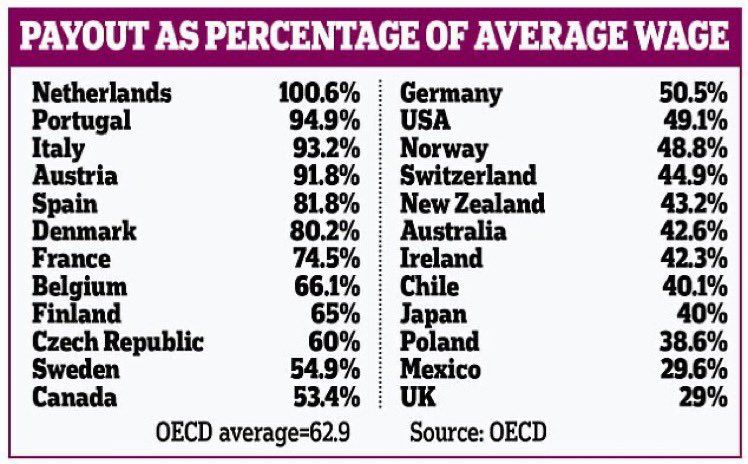
Taxonomy:
State Pension Plans
Texas Teacher Retirement System
Average pension value (2018): $24,921
Median pension value (2018): $24,588
Vesting Period: 5 Years
Teacher Contribution Rate (2020): 7.71%
Employer Contribution Rate (2020): 9.48%
Participation in Social Security: Varies by district
In Texas, teachers are a part of the Texas Teacher Retirement System, which includes all public employees. Texas's TRS was established in 1937.
The basic structure of Texas's teacher defined benefit (DB) pension is similar to that of other states. Unlike other types of retirement plans, a teacher’s contributions and those made on their behalf by the state or school district do not determine the value of their pension at retirement. Although those contributions are invested in the market, and often managed by private equity and hedge funds, a teacher’s pension wealth is not derived from the returns on those investments. Instead, it is determined by a formula based on their years of experience and final salary.
Although those contributions are invested in the market, and often managed by private equity and hedge funds, a teacher’s pension wealth is not derived from the returns on those investments. Instead, it is determined by a formula based on their years of experience and final salary.
Finally, most states, including Texas, have adopted multiple benefit tiers for teachers depending on when they were hired. A tier placement map is included in the member handbook. New teachers and the most recent hires in the state are enrolled in Tier 6.
How Are Teacher Pensions Calculated in Texas?Pension wealth is derived from a formula. The figure below illustrates how a teacher pension is calculated in Texas. It is important to note, however, that the state assesses an educator’s final salary based on an average of their highest 3 years of salary. For example, a teacher who works for 25 years with a final average salary of $70,000 would be eligible for an annual pension benefit worth 57. 5 percent of their average final salary.
5 percent of their average final salary.
Calculating Teacher Pension Wealth in Texas
| 2.3% Multiplier | X | Avg. salary highest 3 years | X | Years of service |
Who Qualifies for a Teacher Pension in Texas?
Like most states, teachers need to serve a number of years before qualifying for a pension. Texas has a 5 year vesting period. While educators qualify for a pension after 5 years of service, however, the pension may still not be worth all that much. Moreover, educators can’t begin to collect it until they hit the state’s retirement age. The state sets specific windows when teachers can retire with benefits based on age and years of experience. Tier 6 teachers can retire with full benefits at age 65 with at least 5 years of service, or at age 62 and with enough years of experience such that their age and years of service total at least 80.
Additionally, Texas permits early retirment for teachers:
As they work, teachers and their employers must contribute into the plan. Those contribution rates are set by the state legislature and can change year-to-year. Teachers are required to contribute 7.7 percent of their salary to the pension fund. If their employers contribution drops below 6.8 percent, teachers contribution rates will be decreased proportionately. While all of a teacher's contributions go toward benefits, not all employer contributions are for benefits. Some share of that contribution goes toward paying down the pension systems unfunded liability.
Finally, in Texas, as with most states, teacher pensions are not portable. This means that if a teacher leaves Texas's TRS system, they can’t take their benefits with them, even if they continue working in the teaching profession. As a result, someone who leaves teaching or who moves across state lines may go on to qualify for two pensions, but the sum of those two pensions is likely to be worth less than if they remained in one system for their entire career. If Texas teachers decide to withdraw from the plan, they can take their own contributions with them, with a small amount of interest depending on their years of service, but they do not receive any share of the employer contribution. In other words, the lack of benefit portability will hurt the long-term retirement savings of any educator who leaves teaching altogether or who crosses state lines to work in another state.
This means that if a teacher leaves Texas's TRS system, they can’t take their benefits with them, even if they continue working in the teaching profession. As a result, someone who leaves teaching or who moves across state lines may go on to qualify for two pensions, but the sum of those two pensions is likely to be worth less than if they remained in one system for their entire career. If Texas teachers decide to withdraw from the plan, they can take their own contributions with them, with a small amount of interest depending on their years of service, but they do not receive any share of the employer contribution. In other words, the lack of benefit portability will hurt the long-term retirement savings of any educator who leaves teaching altogether or who crosses state lines to work in another state.
As with most state pension funds, Texas's teacher retirement system provides the greatest benefits to teachers who stay the longest, while leaving everyone else with inadequate benefits.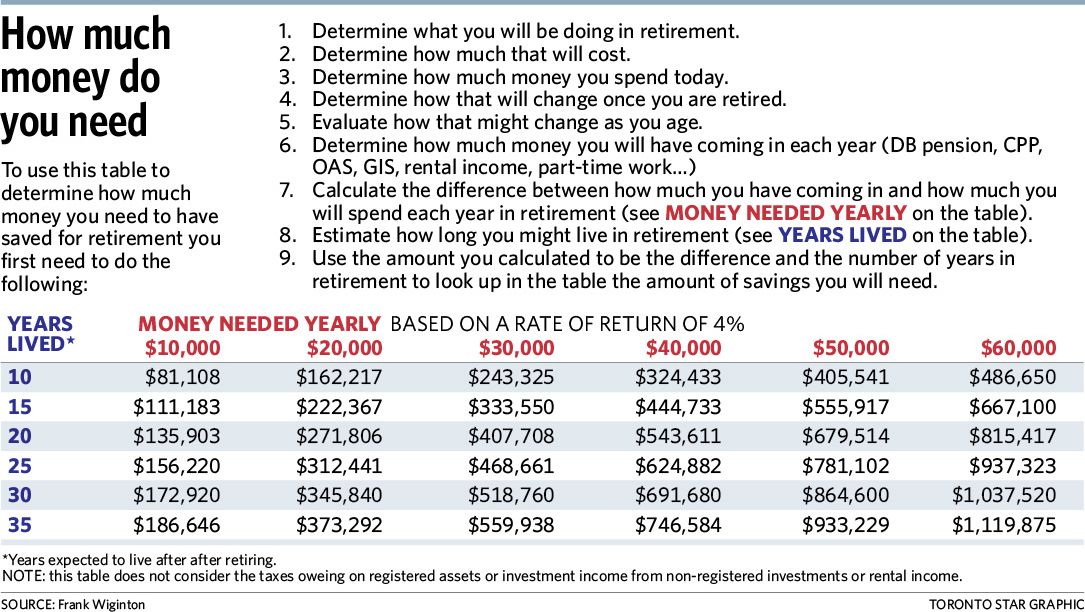 With that in mind, new and current teachers in Texas should think carefully about their career plans and how those goals interact with the state's retirement plan.
With that in mind, new and current teachers in Texas should think carefully about their career plans and how those goals interact with the state's retirement plan.
Vesting period: The number of years a teacher must teach before becoming eligible to receive a pension. Although the length of vesting periods vary by state, 5 years is typical. In every state, a teacher who leaves prior to vesting is eligible to withdraw his or her own contributions, sometimes with interest, but few states allow those employees to collect any portion of the employer contributions made on their behalf.
Employee contribution: The percent of a teacher’s salary that he or she pays annually to the pension fund.
Employer contribution: The percent of a teacher’s salary that the state, school district, or a combination of the two pays annually to the pension fund.
Normal cost: The annual cost of retirement benefits as a percentage of teacher salary.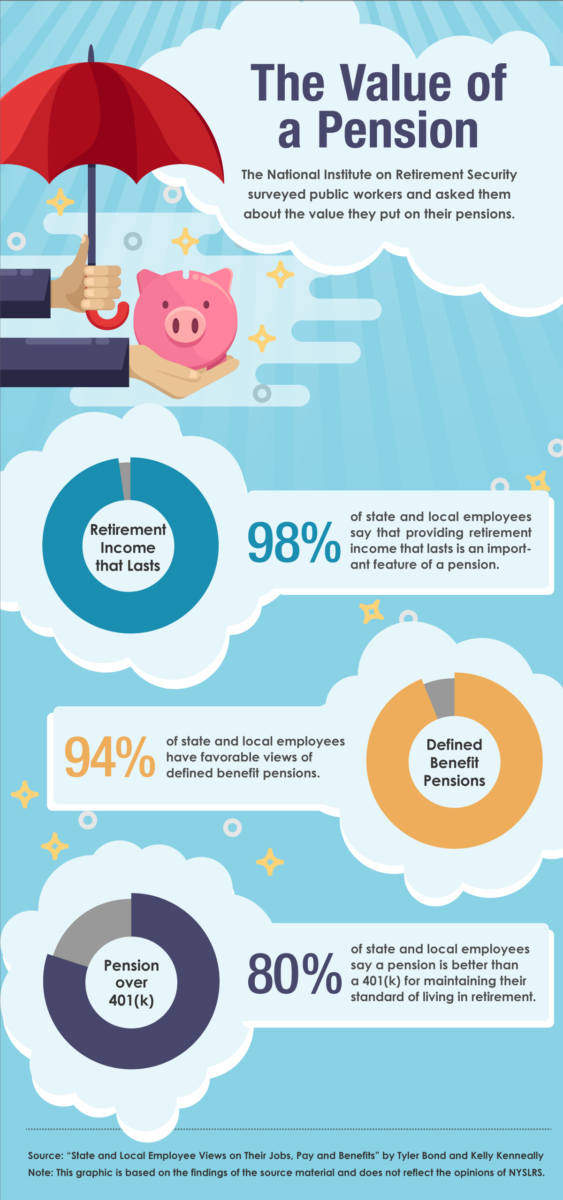 This excludes any debt cost.
This excludes any debt cost.
Amortization cost: The annual cost of a pension fund’s contribution toward any unfunded liabilities. This can also be thought of as the debt cost of the pension fund.
Developments
Today, October 5, is a holiday that glorifies one of the most important and noble professions - Teacher's Day . Let's remind that for pedagogical workers the right of an exit on an early pension on an old age is provided.
They can retire early if they have:
 For example, in 2020 you need 18.6, etc. with an annual increase of 2.4 points until the final value of 30 points is fixed in 2025.
For example, in 2020 you need 18.6, etc. with an annual increase of 2.4 points until the final value of 30 points is fixed in 2025. Due to changes in pension legislation from January 01, 2019, the right to a pension for teaching staff will arise after a certain time after the development of a special length of service, that is, the retirement period will be shifted. The deferral time will increase gradually, exactly as much as the generally established retirement age - year by year. The maximum increase in the retirement period will be 5 years. And the citizens who will have the right to arise in 2019-2020, they will be able to apply for six months earlier than the retirement age established for that period of time.
| Date of completion of teaching experience | How long is the retirement period | Date of granting early old-age pension |
| in the 1st half of 2019 | for 6 months | in the second half of 2019 |
| in the second half of 2019 | for 6 months | in the first half of 2020 |
| in the first half of 2020 | for 18 months (1 year 6 months) | in the second half of 2021 |
| in the second half of 2020 | for 18 months (1 year 6 months) | in the first half of 2022 |
| in 2021 | for 36 months (3 years) | in 2024 |
| in 2022 | for 48 months (4 years) | in 2026 |
| in 2023 and beyond | for 60 months (5 years) | in 2028 |
Typically, a person starts working at the age of 23, after graduation. If we assume that he worked as a teacher all his life, then by the age of 48 he will have developed a pedagogy.
If we assume that he worked as a teacher all his life, then by the age of 48 he will have developed a pedagogy.
For example:
If we assume that a person started working at the age of 2 3 years, after graduating from an educational institution 41 + 90 years0150 he worked all his life as a teacher , then by the age of 4 8 years he will have worked out the required pedage of 25 years .
Suppose pedstay worked out in June 2020 (at 4 8 years). In the current year, the retirement age is postponed by 1 year and 6 months, therefore, the right to early retirement will come in December
If this teacher is a woman, then she is to retire at the age of 51 years - at years earlier than , a common pension retirement .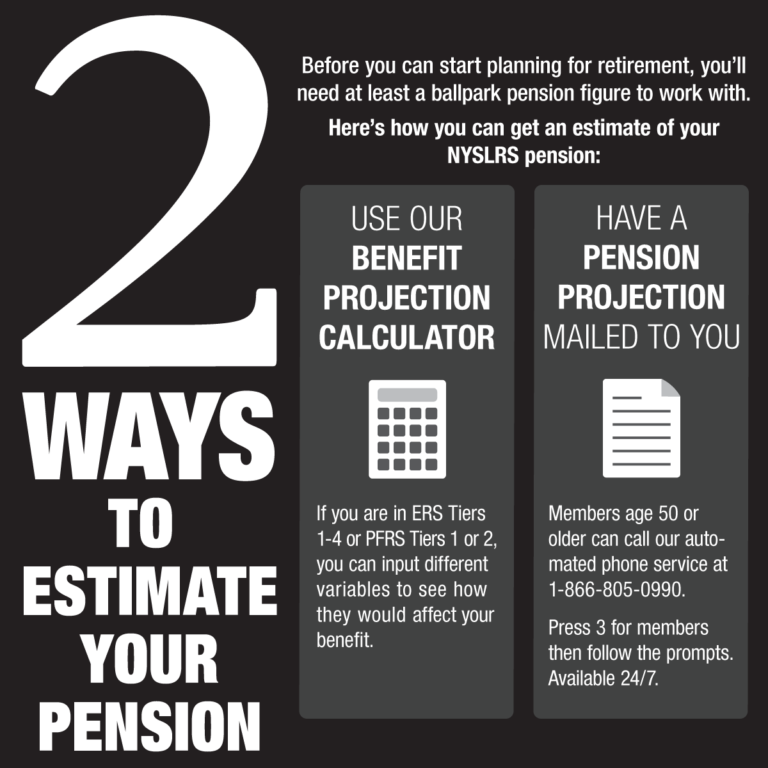
Since the Republic of Tuva belongs to the regions of the Far North and equivalent areas, this gives significant privileges for an earlier retirement. Thus, female teachers of our republic who have two or more children can retire even earlier - at the age of 50, if they have a “northern” experience of 12 years in the Far North or 17 years in areas equivalent to them and 20 years insurance experience.
Share news
A selection of the most important documents on request Preferential pension for teachers (legal acts, forms, articles, expert advice and much more).
 ..
.. Open a document in your ConsultantPlus system:
Ruling of the Second Cassation Court of General Jurisdiction dated 19.04.2022 in case N 88-9182 / 2022
Dispute category: Pension provision.
Claims of the applicant: 1) On invalidating the decision to refuse to grant a pension ahead of schedule; 2) On imposing the obligation to appoint a pension; 3) On the inclusion of the period of work in the length of service.
Circumstances: The plaintiff was denied an early insurance old-age pension due to the lack of the necessary special experience.
Solution: 1) Denied; 2) Denied; 3) Satisfied. In view of the above, the conclusion of the court of appeal that the implementation of S.T. teaching activities from 01.09.1997 to 08/31/1998 in the position of a teacher of labor and natural history without holding a full-time position as a teacher does not entail legal consequences affecting the right to early retirement, is based on an incorrect interpretation and application of substantive law governing disputed relations. The court of appeal did not have the grounds provided for by the procedural law to cancel the decision of the court of first instance, which resolved the dispute in the specified part of the claims in accordance with the norms of substantive law to be applied and the circumstances established in the case.
The court of appeal did not have the grounds provided for by the procedural law to cancel the decision of the court of first instance, which resolved the dispute in the specified part of the claims in accordance with the norms of substantive law to be applied and the circumstances established in the case.
Register and receive trial access to the ConsultantPlus system Free for 2 days
Open the document in your consultantPlus system:
Determination of the first cassation court of general jurisdiction dated 13.07.2021 N 88-15265/2021
Category of disputes: category of disputes: Pension provision.
Applicant's requirements: 1) On invalidating the decision to refuse to grant a pension; 2) On imposing the obligation to appoint a pension; 3) On the inclusion of the period of work in the length of service.
Circumstances: By decision of the RF Pension Fund body, the plaintiff was denied the appointment of an insurance pension due to the lack of the right to a pension. Periods of being on leave to care for a child, on advanced training courses, as well as other periods due to the lack of a rate when working as a primary school teacher, personalized records were excluded from the special experience.
Periods of being on leave to care for a child, on advanced training courses, as well as other periods due to the lack of a rate when working as a primary school teacher, personalized records were excluded from the special experience.
Decision: 1) Satisfied; 2) Satisfied; 3) Satisfied. Resolving the dispute and refusing to satisfy the claims for inclusion in the pedagogical experience of the plaintiff of the period of work as a primary school teacher MBOU "Elementary School Kindergarten N 7 of a compensating type" from 01.09.2003 to 31.12.2003, the court of first instance proceeded from the fact that the submitted time sheets for September 2003 - December 2003 do not confirm the fulfillment of M.N. necessary for inclusion in the special experience for the appointment of an early pension during this period of time, the norm of the time of the teaching load by the primary school teacher, which is also not confirmed by the data on the load and personalized records of M.N. submitted to the UPF RF by the employer.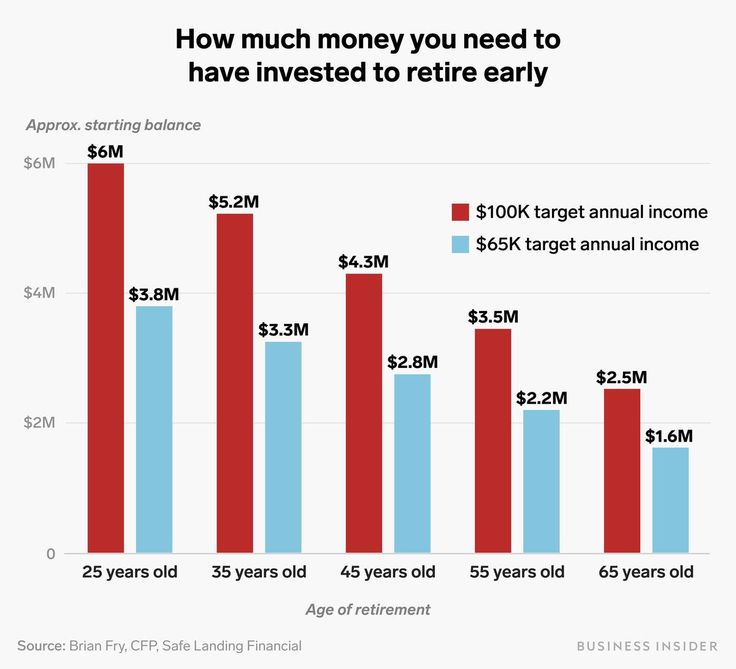
Register and receive trial access to the ConsultantPlus system Free 2 days
Open the document in your system Consultant Plus:
Question: Is the period of operation of the IP providing educational services and registered as registered as self-employed, in order to calculate the length of service for early retirement, if the individual entrepreneur voluntarily pays contributions to the FIU?
(Expert consultation, 2021) The main requirement determining the possibility of early assignment of an insurance pension to teaching staff is the existence of an employment relationship with an educational organization. For teachers to apply for a preferential old-age pension, it is necessary that the position and place of work indicated in the work book correspond to the names of positions and institutions determined by legislative acts. 9In addition, P.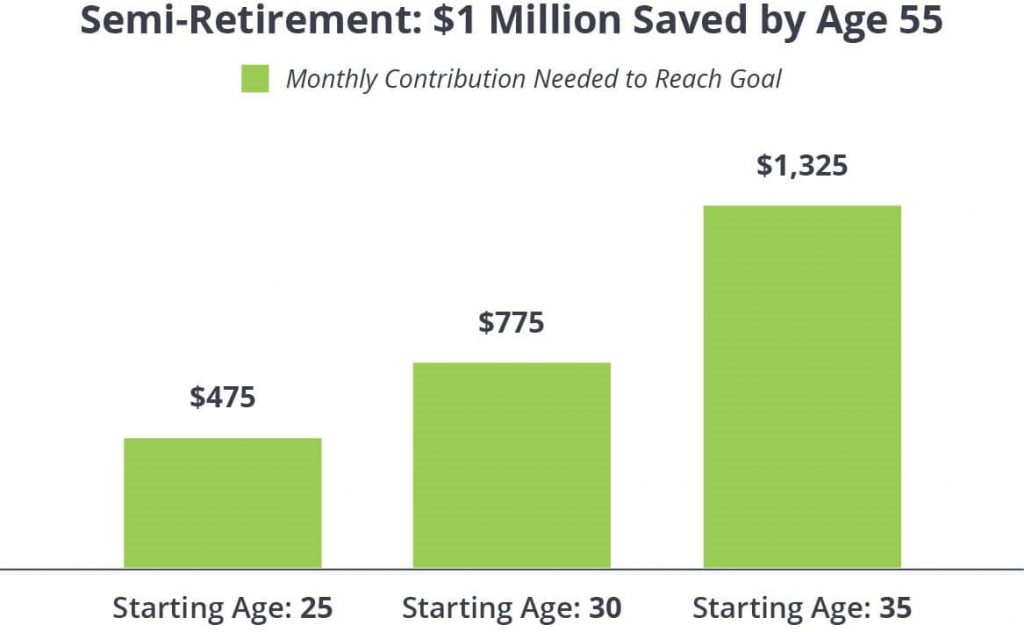 were not counted in the special length of service, giving the right to early retirement, the periods of her stay on study holidays, and also due to the absence of a preferential profession code in the individual personal account of the insured person and periods of work as a teacher-speech therapist of a state educational institution school - a boarding school for basic general education, as a teacher-speech therapist of a municipal educational institution for children of school and primary school age.
were not counted in the special length of service, giving the right to early retirement, the periods of her stay on study holidays, and also due to the absence of a preferential profession code in the individual personal account of the insured person and periods of work as a teacher-speech therapist of a state educational institution school - a boarding school for basic general education, as a teacher-speech therapist of a municipal educational institution for children of school and primary school age.
Resolution of the Board of the Pension Fund of the Russian Federation of December 6, 2018 N 507p
(as amended on April 21, 2022)
"On approval of the form" Information on the insurance period of insured persons (SZV-STAZH)", the form "Information on the insured transferred to the Pension Fund for maintaining individual (personalized) accounting (ODV-1)", the form "Data on the adjustment of information recorded on the individual personal account of the insured person (SZV-KORR)", the form "Information on earnings (remuneration), income, the amount of payments and other remuneration , accrued and paid insurance premiums, on periods of labor and other activities counted in the insurance period of the insured person (SZV-ISH), the procedure for filling them out and the format of information and on recognizing as invalid the resolution of the Board of the Pension Fund of the Russian Federation dated January 11, 2017. N 3p "
N 3p "
(Registered in the Ministry of Justice of Russia on December 20, 2018 N 53092) 2.3.23. If column 12 "Reason (code)" indicates the value "27-PD", indicating the number of study hours is optional, including for positions and institutions provided for in clause 6 of the Rules for calculating periods of work, giving the right to early appointment of an old-age labor pension in in accordance with Article 27 of the Federal Law "On labor pensions in the Russian Federation", approved by the Decree of the Government of the Russian Federation dated 29October 2002 N 781 (Sobraniye Zakonodatelstva Rossiyskoy Federatsii, 2002, N 44, Art. 4393; 2009, N 22, Art. 2725) work as a primary school teacher in general education institutions specified in paragraph 1.1 of the section "Name of institutions" of the list, a teacher located in rural areas of general education schools of all names (with the exception of evening (shift) and open (shift) general education schools) is included in the length of service, regardless of the volume of the training load being performed).